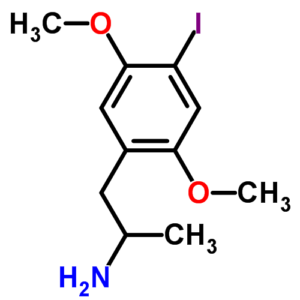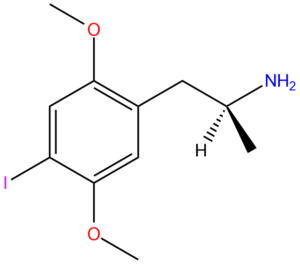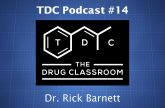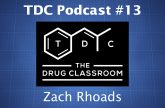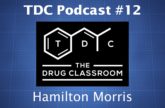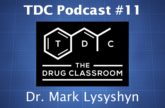DOI is a psychedelic amphetamine that was first synthesized by Alexander Shulgin, who described it in PiHKAL (1991). It has been used recreationally and is a common scientific research tool.
Like other members of the DOx class (e.g. DOM ), DOI has a long duration of action. It’s not uncommon for people to be incapable of sleeping for 24 hours or more, particularly with strong+ doses.
As we still don’t fully understand its effects in humans, minimizing your use and taking common doses is wise.
DOI: 2,5-dimethoxy-4-iodoamphetamine
Dose Oral Light: 0.75 – 1 mg
Common: 1 – 3 mg
Strong: 3 – 4 mg
Timeline Oral Total: 16 – 30 hours (24+ hours is more common with strong+ doses)
Onset: 01:00 – 01:30
Experience Reports Erowid
References (2015) Studies on the metabolism and toxicological detection of the new psychoactive designer drug 2-(4-iodo-2,5-dimethoxyphenyl)-N-[(2-methoxyphenyl)methyl]ethanamine (25I-NBOMe) in human and rat urine using GC-MS, LC-MS(n), and LC-HR-MS/MS.
(2014) Hallucinogenic 5-HT2AR agonists LSD and DOI enhance dopamine D2R protomer recognition and signaling of D2-5-HT2A heteroreceptor complexes.
(2012) Head-twitch response in rodents induced by the hallucinogen 2,5-dimethoxy-4-iodoamphetamine: a comprehensive history, a re-evaluation of mechanisms, and its utility as a model.
(2012) Serotonergic and dopaminergic distinctions in the behavioral pharmacology of (±)-1-(2,5-dimethoxy-4-iodophenyl)-2-aminopropane (DOI) and lysergic acid diethylamide (LSD).
(2010) Interaction of 5-HT2A and 5-HT2C receptors in R(-)-2,5-dimethoxy-4-iodoamphetamine-elicited head twitch behavior in mice.
(2008) Serotonin 5-hydroxytryptamine(2A) receptor activation suppresses tumor necrosis factor-alpha-induced inflammation with extraordinary potency.
(2003) The hallucinogen 1-[2,5-dimethoxy-4-iodophenyl]-2-aminopropane (DOI) increases cortical extracellular glutamate levels in rats.
(1999) Mechanism of tolerance development to 2,5-dimethoxy-4-iodoamphetamine in rats: down-regulation of the 5-HT2A, but not 5-HT2C, receptor.
(1997) Effect of the selective 5-HT receptor agonists 8-OHDPAT and DOI on behavior and brain biogenic amines of rats.
(1997) Monoamine oxidase inhibitory properties of some methoxylated and alkylthio amphetamine derivatives: structure-activity relationships.
(1995) DOI, a 5-HT2A/2C receptor agonist, potentiates amphetamine-induced dopamine release in rat striatum.











